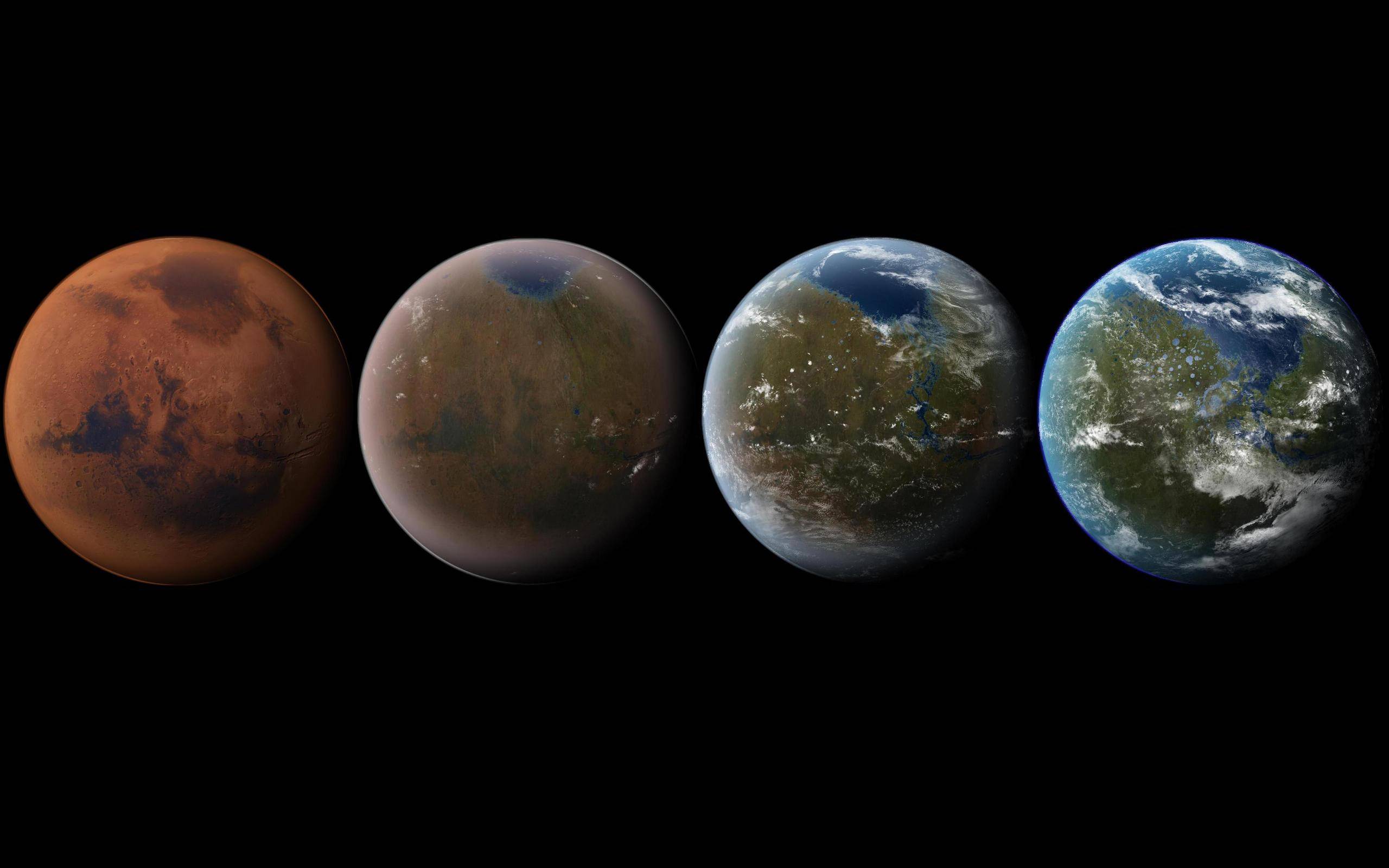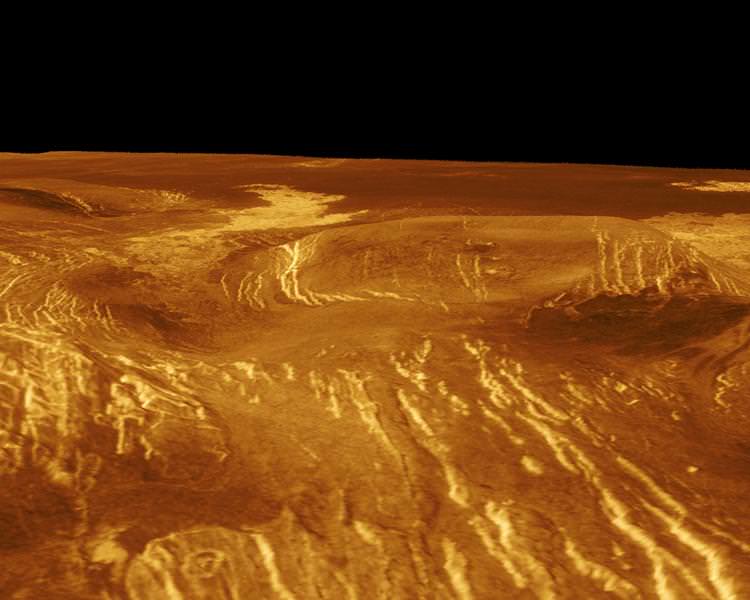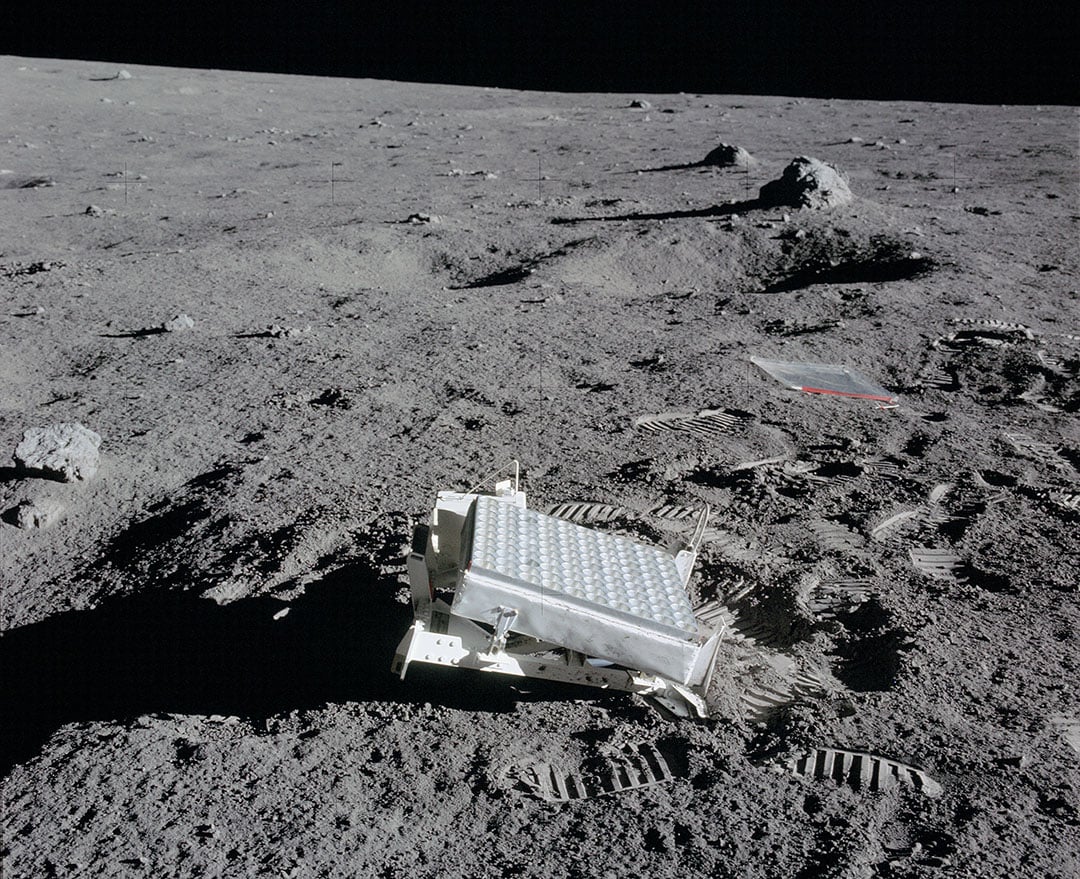The search for life in the Universe takes many paths. There's SETI, or the Search for Extraterrestrial Intelligence, which is searching for signals from a distant ancient civilization. There's the exploration of our own Solar System, on Mars, or underneath the subsurface oceans of Europa and Enceladus, to see if life can be anywhere there's liquid water and a source of energy. And upcoming space telescopes like James Webb will attempt to directly image the atmospheres of distant extrasolar planets, to see if they contain the distinct chemical signatures of life.
But according to Jason Wright, an astronomer at the Center for Exoplanets and Habitable Worlds at Penn State University, we could consider searching for evidence of ancient civilizations right here on Earth, or across the Solar System. Don't get excited, though, so far "there is zero evidence for prior indigenous species in the Solar System."
[caption id="attachment_127318" align="alignleft" width="2560"]
Artist's impression of the terraforming of Mars, from its current state to a livable world. Credit: Daein Ballard[/caption]
In a paper, recently submitted
to the arXiv electronic preprint archive entitled
Prior Indigenous Technological Species
, Dr. Wright describes how we might go about searching for the technological artifacts left behind by ancient civilizations that have evolved in the Solar System. Perhaps on an ancient, cooler Venus, or on Mars in a time when it was wetter and had a thicker atmosphere. Those civilizations could have arisen millions or even billions of years ago, destroyed themselves or left the Solar System, and only ancient traces of their culture and technology would still be around.
If a civilization had reached a high level of technology, where did it go? Wright suggests a variety of catastrophes, like a swarm of comets, self destruction, or even a nearby supernova explosion that irradiated the whole Solar System with high energy gamma rays. Even without a specific event, a civilization might have simply just died out, or became permanently non-technological. Of course, these possibilities face our own human civilization. It's hard to read the paper and not consider the fate of humanity. Will future aliens search for scraps to learn about us?
Where should we look? According to Wright, Earth is the obvious, most habitable place in the Solar System, and it'll be the easiest to search. Humans have dramatically changed the landscape of Earth. Our open pit mines, for example, are a clear indication that an intelligent species dug out a specific mineral from the ground. These might be obvious for millions of years, but over the course of billions of years, plate tectonics will have recycled those regions, absorbing the evidence back into the ground. Radioactive isotopes from ancient nuclear reactors, or fossils of ancient beings will have about the same lifespan. Beyond a few hundred million years, the Earth itself would have completely obscured any evidence of a technological civilization.
[caption id="attachment_122762" align="alignleft" width="750"]
Inhospitable surface of Venus. Credit: Magellan[/caption]Venus is inhospitable today, but it might not have always been the case. Billions of years in the past, when the Sun was cooler, it might have had a thinner atmosphere and milder temperatures. It's worth searching. That said, it appears that Venus has gone through major geological resurfacing events, where the entire planet's surface turned inside out. Venus could easily hide its secrets.
Scientists are accumulating more and more evidence that Mars was warmer and wetter in the past, with eras when liquid water could exist on the surface for long periods of time. And unlike Earth and Venus, it doesn't have active plate tectonics. Landscapes on the surface have remained there for billions of years. Well, okay, they've been pounded by meteorites, but they're still there.
What should we be looking for? One idea is technological structures: ancient mining facilities, factories, even cities. On Mars, these structures could get covered by dust or worn down by erosion, so it's entirely possible our space-based observations could have missed them. Even structures on asteroids and the Moon get eroded by micrometeorites wearing them down. Over the course of millions years, an ancient factory would look very similar to a small rocky outcrop. The real evidence could be hidden underground, safely protected from the surface erosion. We need more rovers and orbiters with ground penetrating radar to see below the surface.
[caption id="attachment_134770" align="alignleft" width="1080"]
The Lunar Laser Ranging Experiment placed on the Moon by the Apollo 14 astronauts. Credit: NASA[/caption]There could be free-floating objects in the Solar System, like ancient space stations. Of course, if they've been abandoned long ago, they wouldn't be functional, and that same micrometeorite erosion would have worn them down over the vast timescales. Furthermore, their orbits might not be stable, and could eventually crash into another world, or get kicked out of the Solar System entirely. Space stations out in the Kuiper Belt would be subject to less erosion, and better preserved over vast timescales. We need better telescopes and deeper surveys to answer this question.
The bottom line is that Dr. Wright doesn't conclude there's any evidence for ancient civilizations in the Solar System so far. But the reality is that we've only just begun to look. NASA's Mars Reconnaissance Orbiter, which contains the most powerful telescope to ever travel away from the Earth has only mapped a few percent of the Martian surface at its highest resolution. Astronomers have only mapped a tiny fraction of the asteroids and comets zipping around the Solar System. And we've only had single glimpses at places in the outer Solar System, like Uranus, Neptune and Pluto.
There's so much more searching that needs to be done. But while we're at it, we should keep an eye out for ancient civilizations. If we did find an old factory, space station, or even the dumping ground of a precursor species, it would be a boon to our knowledge.
And might just give us a warning; advanced knowledge of what the future holds for our own civilization.
Prior Indigenous Technological Species
 Universe Today
Universe Today



